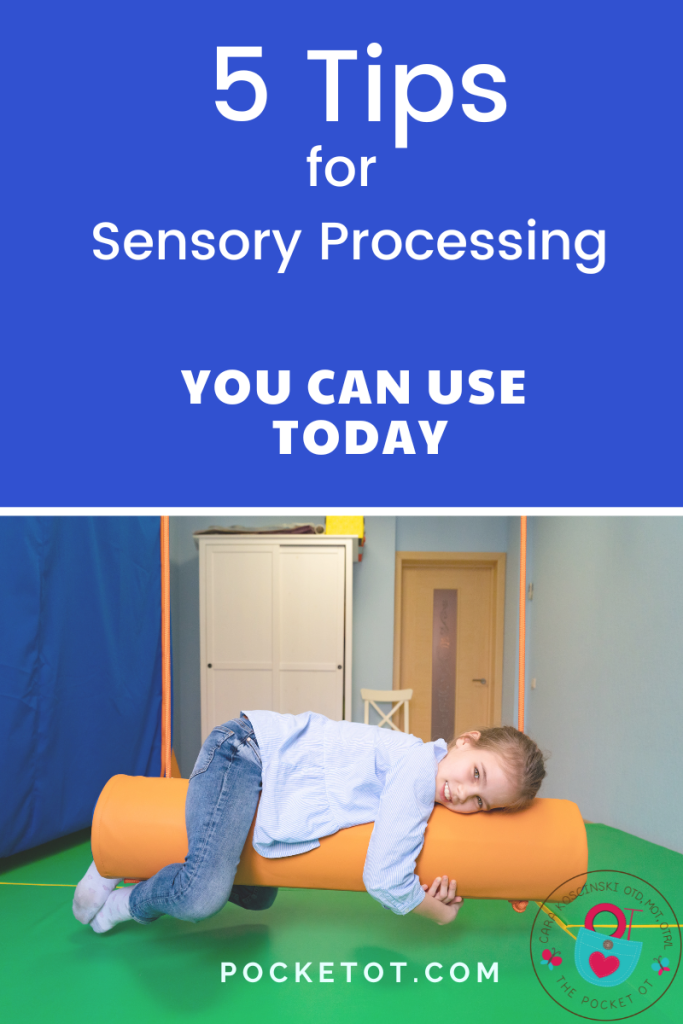
20 Snowman Crafts
Who wants to build a snowman? We do! This week we’ve rounded up some snowman crafts and activities. Each link contains a fun…

Is your child having trouble moving from activity to activity without tantrums or negative behaviors?
Does your child eat a VERY limited diet?
Is your child constantly crashing into people and objects in school and at home?
These can be signs of Sensory Processing Disorder. Sensory Processing Disorder affects children with and without special needs. Our daily functioning is directly affected by our ability to take in and process information efficiently. Many children show difficulty with feeding, bathing, dressing, in school, on the playground, and have trouble transitioning between activities smoothly. If you feel your child may have a Sensory Processing Disorder, I’d encourage you to visit the Star Institute Website.
When you are trying to concentrate, do you enjoy chewing on gum, ice, or sipping on water? Do you bounce your legs, fidget with your pencil, or rock in your chair? Oftentimes, our children don’t know what their bodies actually need. They have tantrums or show behavior problems that we as caregivers cannot figure out. We wonder how to help and look to others for advice. It’s important for us to take a look at behavior as a REAL way that kids communicate to us without actually speaking.
 I’d like to suggest FIVE “Out of the POCKET Ideas” to help your family today:
I’d like to suggest FIVE “Out of the POCKET Ideas” to help your family today:
1) MELTDOWN!!!! We all have times when we experience a system meltdown and simply cannot handle it anymore. It’s a normal part of how our bodies deal with stress and attempts to make sense of things happening around us. For those with Sensory Processing Disorder, meltdowns or near meltdowns may happen much more frequently. This is because it can be difficult for them to process something that may seem “harmless” to us. For example, some kids get extremely upset when a dog barks, a siren comes near, or when the situation changes quickly or unexpectedly.
Here are some tips for helping to calm kids down or help in times of distress:
Check out our Pinterest board here. Need tips for setting up your Calm-Down area? Here’s an earlier post packed with helpful information.
2) Take the time to analyze what happened BEFORE your child had a certain behavior. If you can, keep a journal of times, days, and what’s going on in your child’s day when behaviors happen. DO NOT TRY to correct or fix a behavior while a child is upset. Wait until they are safe and calm to try and figure out what happened. Look for patterns such as behaviors after certain unexpected noises; when your child is touched gently by another student/person; during meal times; when doing homework; when wearing certain clothing. Then, play detective and talk with your child to try to figure out solutions that will work for BOTH of you. Give lots of choices to allow kids to have some control over their environment.
Need tips to look at movement? Check out our earlier post here.
3) Make sure your child gets at least SIXTY minutes of physical activity daily (CDC recommendation). Exercise is important to develop healthy muscles, bones, improve circulation, and improve Sensory Processing. When your children move their heads in different directions, especially upside-down, the VESTIBULAR system is activated. The impact of this movement on kids’ bodies can last for hours. Running, jumping, rolling down hills, and climbing on playground equipment are all important. Make sure your child has time to exercise AFTER SCHOOL before doing homework. Even getting outside to kick a ball or take a walk together is helpful to a child’s body after sitting still in school all day.
Kids NEED to move! Check out my exclusive sensory and brain break activity card pack.
4) If your child is chewing on pencils, shirts, fingers, or other items, consider replacement objects. As adults, we can chew on ice or gum when we are concentrating. In fact, one of the most organizing activities we can do is chew!! Babies need to suck on items to organize and as they get older, they learn more appropriate ways to get the necessary oral input. Some children continue to need this input as they grow older. Many times I’m asked if providing a child with wearable, chewable jewelry or safe to chew item is ENABLING their child. The answer is NO. In fact, providing something safe to chew may just help kids to pay more attention in school or while doing homework.
5) Play with food. Many children I work with have trouble eating a variety of foods. This can be especially frustrating to parents who try to make fun meals in an attempt to get kids to eat. Look at what types of foods your child prefers. Are the foods crunchy, mushy, salty, sweet, or chewy? You will probably notice a pattern. Allow kids to play with their food and with new foods you’d like for them to try. Present them with no pressure to actually eat them, but only to play with them and maybe even take a lick. Allow a favorite stuffed animal or friend to play and pretend to eat the food. LESSEN PRESSURE at mealtimes and keep trying. Let kids help to prepare meals and even make the weekly menu with you!
Here’s my earlier blog post with 8 Tips to Add Sensory Input to the Mouth. If you feel that your child needs further evaluation for Sensory Processing Disorder, please fill out one of the checklists on the SI Network website and talk to your pediatrician. Remember, that you know your child best. Ask your OT for more information about activities to help with sensory processing.



